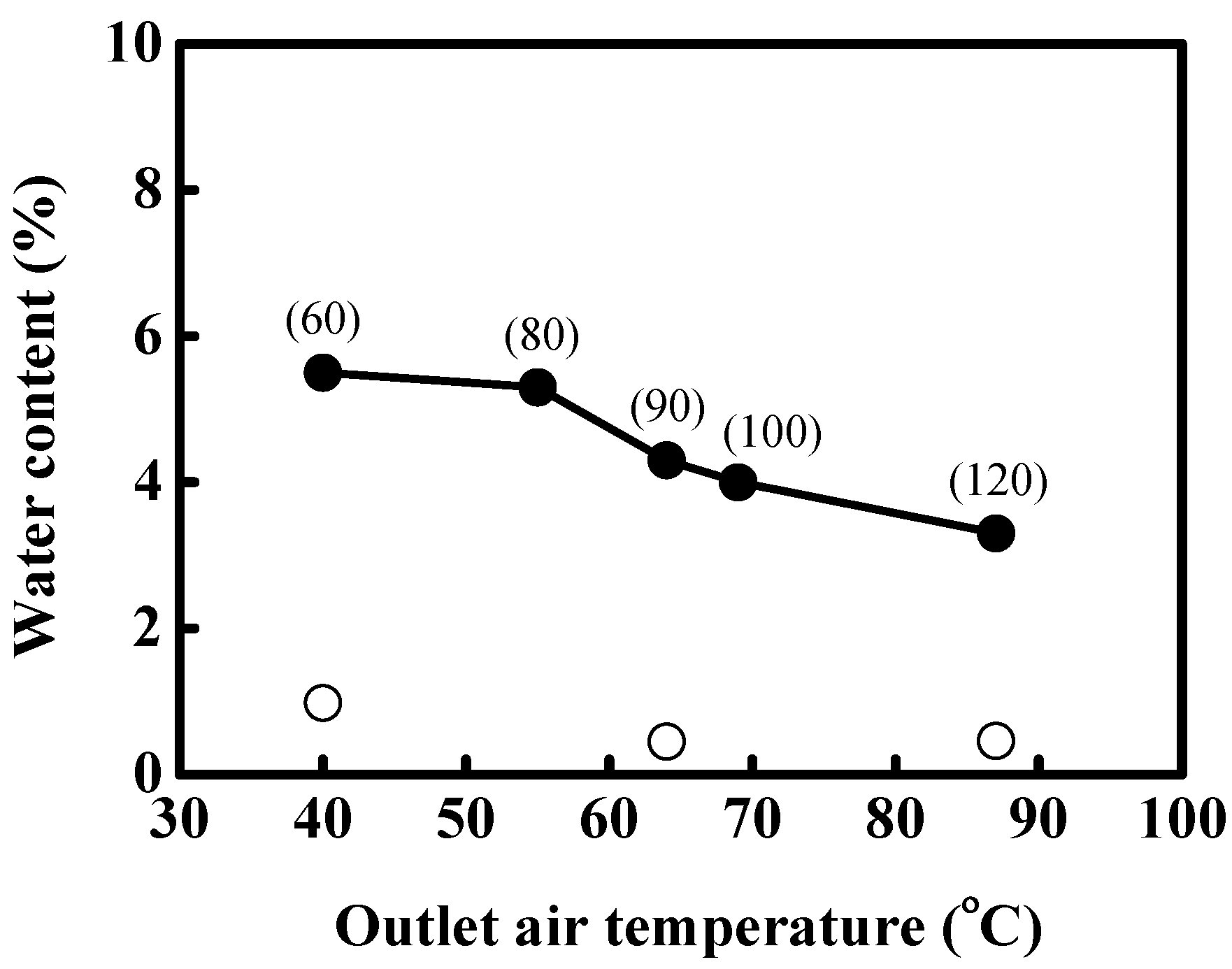Alcohol Dehydrogenase Review Pdf
Full-text (PDF) The structure, function and mechanism of action of yeast alcohol dehydrogenase was reviewed two decades ago. The purpose of this article is to.

JSCS-2740 Review paper REVIEW Structure and function of yeast alcohol dehydrogenase SVETLANATRIVI] 1# and VLADIMIR LESKOVAC 2*#. Invited critical review Alcohol dehydrogenase (ADH) and aldehyde dehydrogenase (ALDH) in the cancer diseases Wojciech Jelski⁎, Maciej Szmitkowski.
Structure of the homodimer of human. Identifiers Databases structures / Search Alcohol dehydrogenases ( ADH) ( ) are a group of that occur in many organisms and facilitate the interconversion between and or with the reduction of (NAD + to NADH). In and many other, they serve to break down alcohols that otherwise are toxic, and they also participate in generation of useful aldehyde, ketone, or alcohol groups during biosynthesis of various. In, plants, and many, some alcohol dehydrogenases the opposite reaction as part of to ensure a constant supply of NAD +. Contents • • • • • • • • • • • • • • • • • • • • • • • Evolution [ ] Genetic evidence from comparisons of multiple organisms showed that a -dependent, identical to a (ADH-3/ADH5), is presumed to be the ancestral enzyme for the entire ADH family. Early on in evolution, an effective method for eliminating both endogenous and exogenous formaldehyde was important and this capacity has conserved the ancestral ADH-3 through time. Picture Publisher 9. Of ADH-3, followed by series of mutations, the other ADHs.

The ability to produce from sugar (which is the basis of how alcoholic beverages are made) is believed to have initially evolved in. Though this feature is not adaptive from an energy point of view, by making alcohol in such high concentrations so that they would be toxic to other organisms, yeast cells could effectively eliminate their competition.
Since rotting fruit can contain more than 4% of ethanol, animals eating the fruit needed a system to metabolize exogenous ethanol. This was thought to explain the conservation of ethanol active ADH in species other than yeast, though ADH-3 is now known to also have a major role in. Alien Vs Predator 3 Game Full Version.
In humans, sequencing of the gene (responsible for production of an alcohol dehydrogenase ) shows two variants, in which there is an (single nucleotide polymorphism) that leads to either a Histidine or an Arginine residue in the enzyme catalyzing the conversion of ethanol into acetaldehyde. In the Histidine variant, the enzyme is much more effective at the aforementioned conversion. The enzyme responsible for the conversion of acetaldehyde to acetate, however, remains unaffected, which leads to differential rates of substrate catalysis and causes a buildup of toxic acetaldehyde, causing cell damage. In humans, various haplotypes arising from this mutation are more concentrated in regions near Eastern China, a region also known for its low alcohol tolerance and dependence. A study was conducted in order to find a correlation between allelic distribution and alcoholism, and the results suggest that the allelic distribution arose along with rice cultivation in the region between 12,000 and 6,000 years ago. In regions where rice was cultivated, rice was also fermented into ethanol. The results of increased alcohol availability led to alcoholism and abuse by those able to acquire it, resulting in lower reproductive fitness.
Those with the variant allele have little tolerance for alcohol, thus lowering chance of dependence and abuse. The hypothesis posits that those individuals with the Histidine variant enzyme were sensitive enough to the effects of alcohol that differential reproductive success arose and the corresponding alleles were passed through the generations. Classical would act to select against the detrimental form of the enzyme (Arg variant) because of the lowered reproductive success of individuals carrying the allele. The result would be a higher frequency of the allele responsible for the His-variant enzyme in regions that had been under selective pressure the longest. The distribution and frequency of the His variant follows the spread of rice cultivation to inland regions of Asia, with higher frequencies of the His variant in regions that have cultivated rice the longest. The geographic distribution of the alleles seems to therefore be a result of natural selection against individuals with lower reproductive success, namely, those who carried the Arg variant allele and were more susceptible to alcoholism. Discovery [ ].



